Shoppers buy fruit at a supermarket in Shijiazhuang, Hebei province. [Photo by Jia Minjie/For China Daily]
By Ouyang Shijia | chinadaily.com.cn
China’s consumer inflation remained flat while its factory-gate prices dropped further in June, indicating the still-weak demand and highlighting the necessity for more steps to expand effective demand and boost market confidence, analysts said on Monday.
Despite rising concerns over the weakening momentum of the post-pandemic recovery, analysts believe the country has the capability to achieve its GDP growth target of around 5 percent in 2023, saying the growth will mainly be fueled by the improvement in domestic demand amid stronger policy support in the second half of the year.
China’s consumer price index, or CPI, the main gauge of inflation, remained unchanged from a year earlier in June after a 0.2 percent increase in May, data from the National Bureau of Statistics showed on Monday.
The producer price index, or PPI, which gauges factory-gate prices, was down 5.4 percent in June from a year earlier after a 4.6 percent year-on-year contraction seen in May, the NBS said.
Zhou Maohua, an analyst at China Everbright Bank, said the flat consumer prices are attributable to declining prices of commodities such as energy and raw materials, still-weak demand and abundant market supply.
When it came to the continuous fall in producer prices, Zhou said it was mainly due to declining commodity prices and the high comparison base in the previous year, adding that the PPI may gradually improve with the recovery in demand and stronger policy support to boost domestic demand.
After the CPI increased by 2 percent in 2022, China set an annual consumer inflation target of around 3 percent for 2023.
Warning of challenges from a cloudy global outlook, the scarring effects of the COVID-19 shock and the existing structural issues, Guan Tao, global chief economist of BOC International, said it is advisable for the policymakers to step up macroeconomic policy support, including proactive fiscal policies and structural monetary policy tools, to broaden the economic recovery.
“The ultralow inflation reading lends supports to our view that the People’s Bank of China (the country’s central bank) is likely to implement two more rounds of policy rate cuts of 10 basis points each, and another 25 basis points cut to the reserve requirement ratio over the rest of the year,” said Lu Ting, chief China economist at Nomura.
“Looking ahead, even taking into account a potential rise in service inflation as a result of the summer holiday season, we expect the CPI to dip 0.5 percent year-on-year in July, partly due to a high base,” he said. “On producer prices, we expect the PPI to decline 4.5 percent year-on-year in July, mostly due to a lower base.”
In light of the latest inflation readings, other recent developments regarding China’s broad economy and the lukewarm policy response so far, Lu said his team is further lowering its CPI and PPI forecasts for both 2023 and 2024.
For the full year of 2023, Lu said his team now expects the CPI to grow at 0.3 percent, down from the previous forecast of 0.5 percent. The team revised the PPI forecast from the previous 2.7 percent decline to a 3.2 percent drop in 2023.
Looking ahead, China’s economic growth data for the second quarter is scheduled to be released on July 17. GDP growth is estimated to be higher than that in the first quarter due to the lower-base effect and the continued recovery trend, followed by steady growth in the second half of the year, analysts said.
Guan Tao said his team estimated that the second-quarter GDP growth rate may hit 7.6 percent, followed by an over 5 percent growth rate in the second half of the year.
“With an estimated 5.6 percent full-year growth rate, China will likely meet its preset annual growth target of around 5 percent in 2023,” he said.
Guan’s views were echoed by Ye Yindan, a researcher at the Bank of China Research Institute, who estimated that China’s GDP may expand by around 4.9 percent in the third quarter with a full-year GDP growth rate of around 5.4 percent in 2023.
Considering the mounting uncertainties and the still-weak pace of recovery, Ye said that more efforts should be made to stabilize market expectations, increase the lending support for key fields such as industry, infrastructure and manufacturing, further boost consumption, ease pressures for foreign trade firms and stabilize the property sector.
Source: https://www.chinadaily.com.cn/


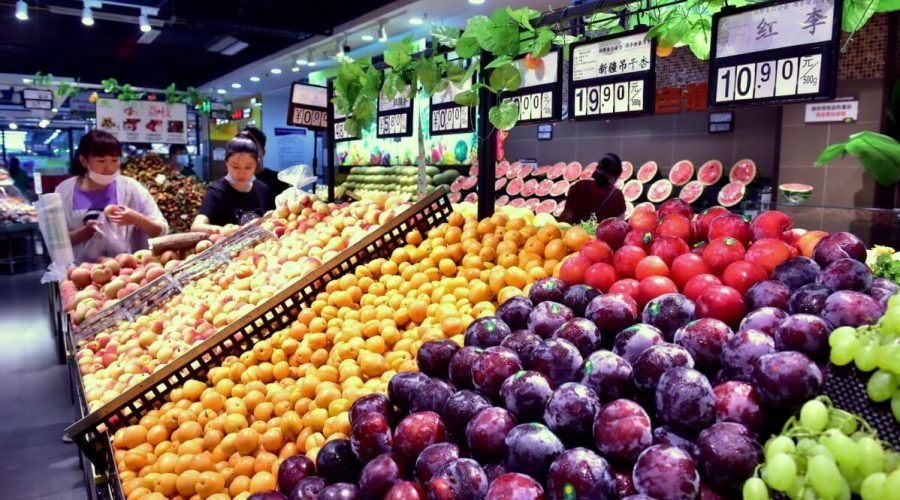

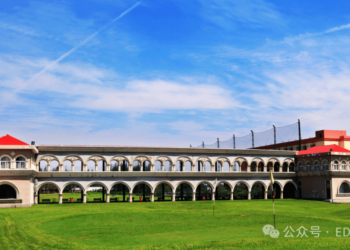

![[Guangxi], 0 Tuition, 0 Dorm, Bachelor Scholarship](https://news.eduprchina.com/wp-content/uploads/2024/07/南宁1-350x250.jpeg)







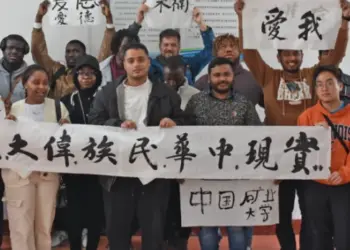





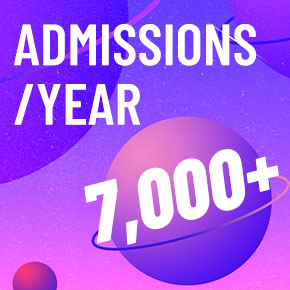











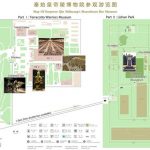
This Post Has 0 Comments